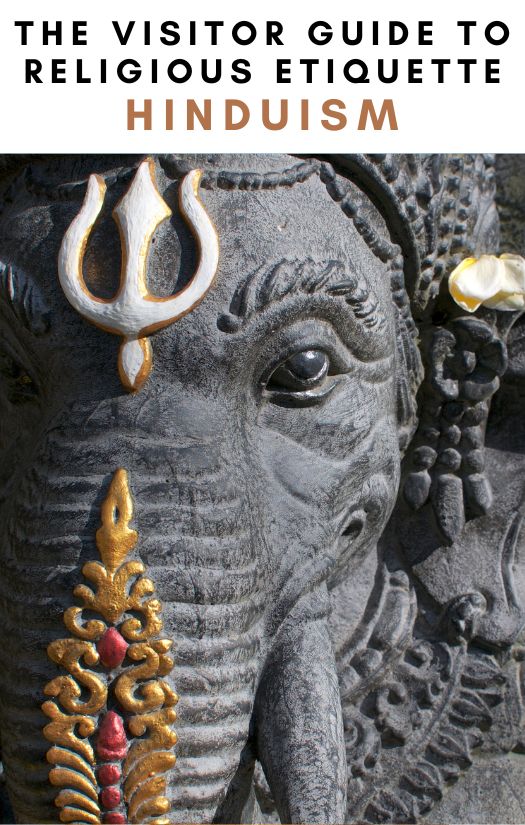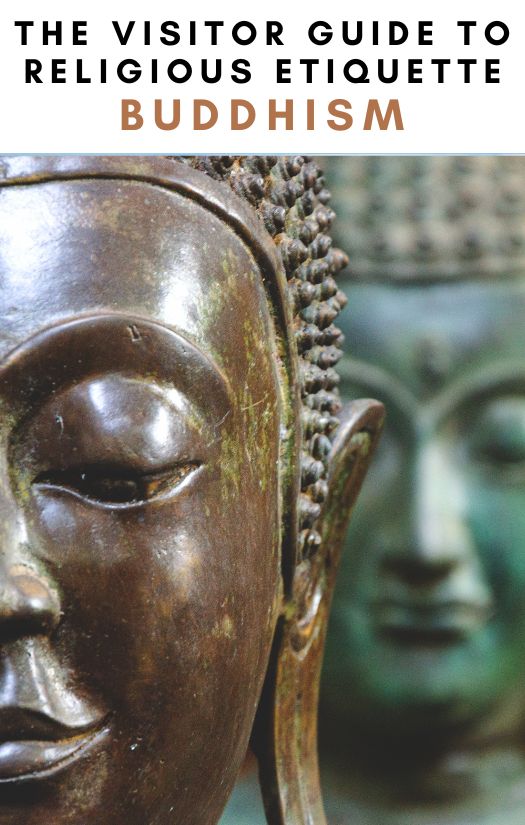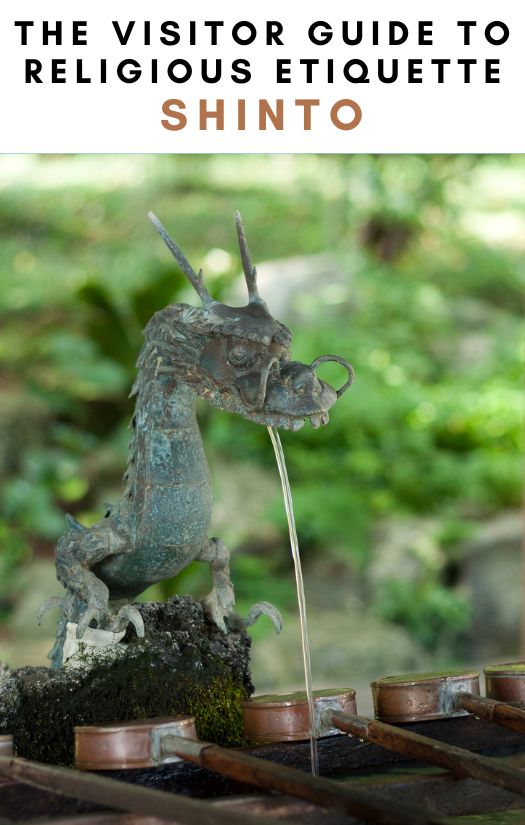Introduction disclaimer
The following is meant as a quick and basic summary of the Eastern Orthodox Catholic religion for tourists and visitors. As such, it barely scratches the surface of the complexity of the belief system, culture, and traditions.
Like everybody, I had a certain upbringing and education based on my origins, and like everybody, my knowledge and view of the world are irreparably skewed by this, no matter how much education, openness, personal growth, change, and transformation occur.
I did not grow up in an orthodox tradition and therefore there are certainly a lot of important details that I do not cover, or things that I represent in an incorrect way, but again, this is solely due to my different, western origins.
The information that I provide is accurate to the best of my knowledge, experience, and research and, as said, aimed at travelers and tourists. “Religious Monuments for Dummies,” if you like, a category in which I fully put myself into.
Also, by its nature as a Christian denomination, I will make a lot of comparisons with the Roman Catholic Church.
Overview and History

The Orthodox Catholic Church (which I will often simply refer to as Orthodox as the common Catholic religious basis is given in this article) is the Christian religion practiced in Eastern and South Eastern Europe as well as Western Asia. It is the predominant religion of Belarus, Bulgaria, Cyprus, Georgia, Greece, Moldova, Montenegro, Republic of North Macedonia, Romania, Russia, Serbia and Ukraine.
It is the second most widespread Christian denomination with over 260 million adherents. It is also one of the oldest with ancient roots which go back to the birth and foundation of Christianity and the evolution of the Ancient Roman Empire.
It was established in the 4th century when Emperor Constantine became the first emperor to convert to Christianity and made it the official religion of the Eastern Roman Empire.
During that time the Patriarchates of the West (Rome) and those of the East (Alexandria, Antioch, Jerusalem, and Constantinople) agreed at the First Council of Nicaea of 325 (and later ones) on what were the foundations of the Christian doctrine and the belief system.
Throughout the early years, the East and West Patriarchates started to drift apart on theological interpretations of the original creeds. There were clearly geopolitical and power reasons, but from a religious point of view, the main points of contention were mainly the infallibility and absolute authority of the Pope in Rome (which were rejected by the Orthodox Church), and most of all, the inclusion of “the Son” (obviously referring to Jesus Christ) that started to appear in Latin masses, which, according to the Orthodox Church, violated the creeds established in the Nicean and later Constantinople councils where “the Son” was not mentioned. This cuts to the fundamental basis of the ideology and the concept of the Holy Trinity of the Father, the Son, and the Holy Spirit.
The differences widened further throughout the centuries until 1054, when the Eastern Patriarchate of Constantinople split entirely from the western church and the Eastern Orthodox Church was formally created in what is known as the Great Schism.
During this time, Christianity was confronted with the force of the relatively newly birthed religion of Islam, which spread throughout the Middle East at an unprecedented rate. The beginning of the millennium saw the strongest conflicts in the form of the Crusades and the fights for political power as well as religious dominance over the Middle East, especially the Holy Land and Jerusalem. Eastern Orthodox Catholics naturally took the blunt of these fights and the Muslim victories created persecution and enslavement of Orthodox Catholics, which proceeded for centuries, basically until the fall of the Ottoman Empire and the First World War.
Some differences with Roman Catholicism
There are clearly myriad differences since as mentioned above, there are fundamental different theological interpretations of the religion, as well as the natural evolution through hundreds of years, and influences from nearby Islam.

Generally speaking and omitting several details in theology and practices that distinguish the two denominations, the Eastern Orthodox Church is less hierarchal and remains more traditional to the origins of Christianity, whereas Roman Catholicism tends to be more adaptive to the passage of time and puts greater emphasis on evolving with it.
That being said there are some aspects where the Orthodox church appears to be less stringent compared to the Roman one. One example of this is the celibacy of priests which is not required for the Orthodox church.
Other small differences are, for example, the sign of the cross, which is opposite between Roman (left to right) and Orthodox (right to left). The Orthodox Church also uses the older Julian calendar (again, more traditional) as opposed to our modern Gregorian calendar, instituted by the Pope. As such, Easter is celebrated at different times and there is a stronger emphasis on fasting and abstinence in the Orthodox Church.
Speaking of Easter, it is celebrated, or at least interpreted, very differently. Whereas for Roman Catholics it is a somewhat mournful period, concentrated on the sufferings of Jesus Christ and his death on the cross, for Orthodox Catholics more emphasis is put on his resurrection and ascension. To simplify immensely and not do justice to the difference of interpretation, it can be seen as defeat and surrender followed by salvation, as opposed to victory and ascension over earthly shackles.
Art, Sacred objects, Artifacts and Icons
Perhaps the most obvious and fascinating example of the differences between the Roman Catholic and Eastern Orthodox denominations can be found in their churches and the architecture and art which they hold.
In Orthodox Christianity, there is a degree of mysticism in churches. Entering a Katholikon (the church) is a silent, somber moment but also a visual sensory overload as the iconography is mind-boggling. There isn’t a single centimeter that is not covered in paintings.

The Byzantine art is also fascinating as it does not present elements of shadowing, three dimensions, or perspective, even in works of art created after the Renaissance in the West. The lack of perspective or three dimensions is very deliberate, as the worshipper is intended to be the third dimension. They commune with the width and height of paintings to become part of them, giving them the third dimension of depth.
The lack of lighting techniques or shadows and generally the absence of depth are also used to create an instant “snapshot” of everything, of a world not tied to our human reality. Almost like a religious vision or epiphany, it is a whole instant scene, forcefully impressing us all at once. Also, time is often played with, with scenes belonging to different time periods or stories occurring all at once and merging with one another. Also, all faces are expressionless. There is no suffering, all eyes are wide open, and faces have small noses and sealed lips, creating an even bigger sense of solemnity and “static”/beyond-time perception of the scenes. All these images and faces create a distinct communion feeling where the worshipper is at the center of the church, surrounded by everlasting gazes.
There is a very specific structure to the churches. At the center of the dome, towering over all is the Christ Pantocrator. It is Christ as ruler of the universe. Christ as the all-mighty, as imagined in his second coming. The figuration of Christ as God Beneath him are angels, followed by prophets, followed by disciples, and then saints. Christ Pantocrator has open arms and peacefully embraces everything beneath him. This is very different from depictions in Roman Catholic churches, where the iconography of Christ suffering on the cross is predominant.
Places of worship and admittance to visitors
Like its Western counterpart, the Eastern Orthodox Church welcomes visitors to its churches and services. Being orthodox and traditionalist, there is a greater emphasis on proper, respectful, and silent behavior and modest dressing (more on this later).
Visitor etiquette: Photography
Unlike Catholic churches, photography is not permitted in Eastern Orthodox churches. This is due to the mysticism of churches. Referring to the section about Byzantine art above, the visitor is an integral part of the communion with the spiritual environment. By photographing, the person instead becomes an outsider witness, an observer, mechanically taking only a fraction of what the entire experience is supposed to convey. And becomes detached from it. The sounds, the smells, the flickering of candle lights on the wall painting and metal artifacts are all part of the “experience” of communion with the sacred and the divine. So yeah, no photos.
Religious figures
Like the Roman Catholic Church, there is a hierarchical structure of authority, which is made up of four levels:

- First are the Ecumenical councils which are gatherings of the highest ranking bishops. The decisions taken at Ecumenical councils have an impact on all of the other churches.
- The second is the patriarch. Some churches are considered linked to the central Orthodox Church of Constantinople, the primary and original church. Each of these churches has a Patriarch, the “reigning” or highest authority religious figure. Because of the historical importance of Constantinople, the Patriarch of Constantinople is the highest-ranking Patriarch. That being said, the title is more related to honor and historical significance and the Patriarch of Constantinople is not akin to the Pope in Roman Catholicism, which reigns supreme and is the infallible and ultimate authority. The patriarch, in this sense, is often referred to as primus inter pares (first among equals).
- Third are the bishops – the prime spiritual leaders after the Patriarchs and are considered to be successors of the apostles.
- Fourth are the priests, who are directly responsible for the members of the church. They administer sacraments, lead worship services, and are the direct link between the faithful and the church organization.
Dress code & behavior
The dress code is very important in the Eastern Orthodox Church; after all, it is not called Orthodox for no reason. Both men and women should wear long pants or skirts and not expose their legs, as well as avoid sleeveless shirts. As always and with basically all Abrahamic religions and religions in general, modesty is the keyword so this includes perfume, shirts with strong messages or colorful designs, etc.
Depending on the church or monastery there might be scarves and skirts given to visitors, or entrance may be simply rejected.
For women, they are expected to wear a head scarf or anything that covers their hair. Also, pants should not be worn but rather a skirt (obviously long to the ankles and loose)
Gender Separation
In some aspects, the Eastern Orthodox Church does not have gender separation, especially in liturgical roles. While in ancient times, the altar was only accessible to men, today all baptized members, regardless of gender, are welcome to participate in the liturgy.
In other aspects, like the formation of monastic orders, there is often gender separation. Men and women form separate monastic orders, with the option of pursuing either a solitary or congregational lifestyle. The majority of Eastern Orthodox monastic orders and spiritual directors are male-dominated.
To this day, at Mount Athos in Greece, one of the most important sites of the Orthodox Church, women are not allowed to enter any of the monasteries or on the mountain itself.
Death Rites
Another main difference between Orthodox and Roman churches is the concept of the afterlife, where Purgatory is absent from the Orthodox church. The same can be said for indulgences, which have never been practiced in Orthodox Christianity and were seen (rightfully so) as a corruption of the original teachings and ideologies.
Cremation is prohibited by the Christian Orthodox Church. This is because cremation denies the value of the human body and does not respect it as the creation of God (a polar opposite view to for example, Shintoism and Buddhism, where the body is of little importance), and also because Orthodox (and Roman Catholics as well) try to live a life similar to that of Christ who was buried.
Upon death, the body of the deceased is traditionally laid out in the home and remains there until the funeral service. Although the funeral service can take place at any time, the preferred time is generally within forty-eight hours of the death. Before the beginning of the funeral service, the body is prepared for burial. The body is anointed with blessed oil in the sign of the cross and is dressed in white burial garments. Following the anointing of the body, a cross may be placed in the hands of the deceased. The funeral service includes the singing of psalms with special prayers for the deceased. The eulogy is also given by a priest or relatives in attendance. The priest will also chant a litany for the departed and the faithful will offer a final farewell for the deceased. At the end of the rites, the departed’s body is taken to the cemetery in a procession, which includes the singing of a special funeral hymn. The coffin is then buried in the cemetery, where a small memorial service is held.
Closing Thoughts
It is always immensely fascinating to see how the major Abrahamic religions differ from each other while still being fundamentally based on the same common deity. It is even more fascinating to see how different the doctrines, thoughts, interpretations, daily life, art, and architecture slowly drift apart throughout the centuries within the same religious denomination.
Eastern Orthodox Christianity exudes antiquity and “originality”. Its traditions, history, and beautiful liturgies are a living testimony to the power of religion, and it is arguably the Christian denomination that, more than all, gives the feeling of bringing worshippers back to the times when it all began.
This post is an extract of the larger article on comparative religions, which covers eastern religions such as Buddhism, Taoism, and Shinto as well as the three Abrahamic western religions (there is also Greek mythology and Cthulhu thrown in there just for fun and to give perspective on these nuanced and sensitive subjects). Check it out, as seeing the differences between various religions can only increase knowledge about a specific one.





